Responsible and Cultural Travel in Montana
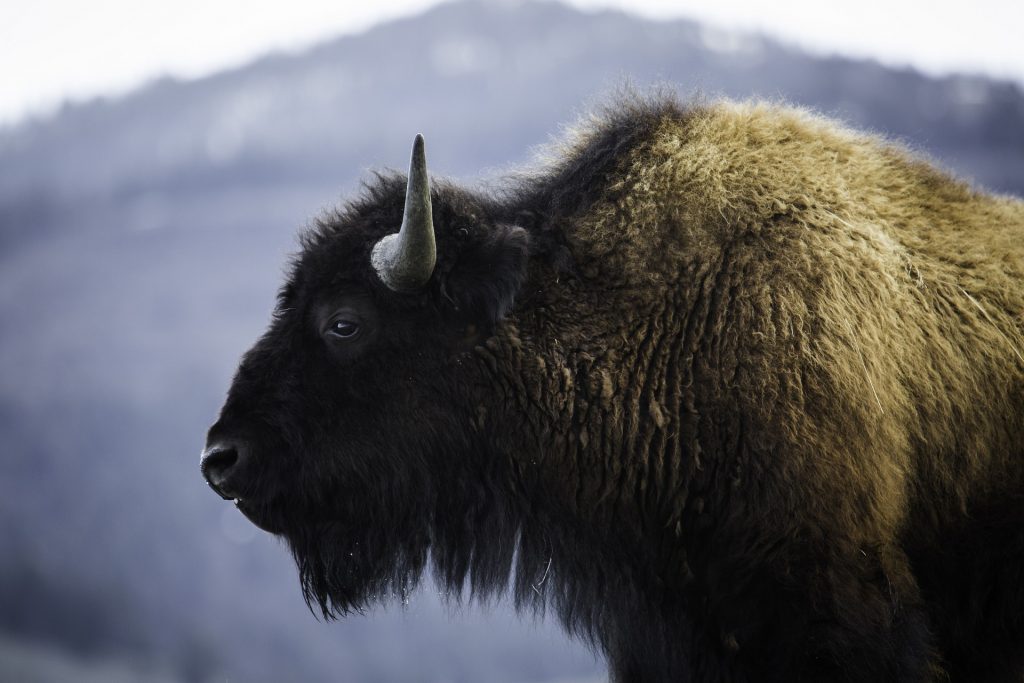
Whitewater rafting in crystal clear waters. Horseback riding through the tall prairie grass. Purple mountains as the backdrop for local craft breweries. Sounds like a dream, but it’s actually Montana.
Montana is one of the United States’ most criminally underrated destinations. Its sweeping landscapes offer a stunning stage for outdoor adventures. Post-lockdown, tourists flocking to the beautiful state are likely keen to experience as much of its natural wonders as possible, and it’s incredibly important to consider how tourism can financially support the many Indigenous communities and Tribal Nations of Montana.
Why there is so little Tribal Nation tourism
Efforts are being made at the state level to provide tourists with more opportunities to learn about the Tribal Nations of Montana. There is a Department of Indian Affairs and a program called Tribal Tourism Montana that is strictly dedicated to growing and funding the Indigenous travel sector.
So, why then are there currently no cultural, immersive Indigenous experiences in existence in Montana? One crucial element in the absence of these travel opportunities, like homestays, is that relationship building is slow. It makes sense that Indigenous leaders aren’t exactly jumping at the chance to work with the same government that has spent several centuries failing to deliver on promises.
While Tribal-government relations attempt to improve, there are plenty of things travelers can do to contribute to promote Indigenous representation in tourism. The very simplest ways to support these people and contribute responsibly to the state’s tourism industry is to seek out Native-owned businesses and respect the land.
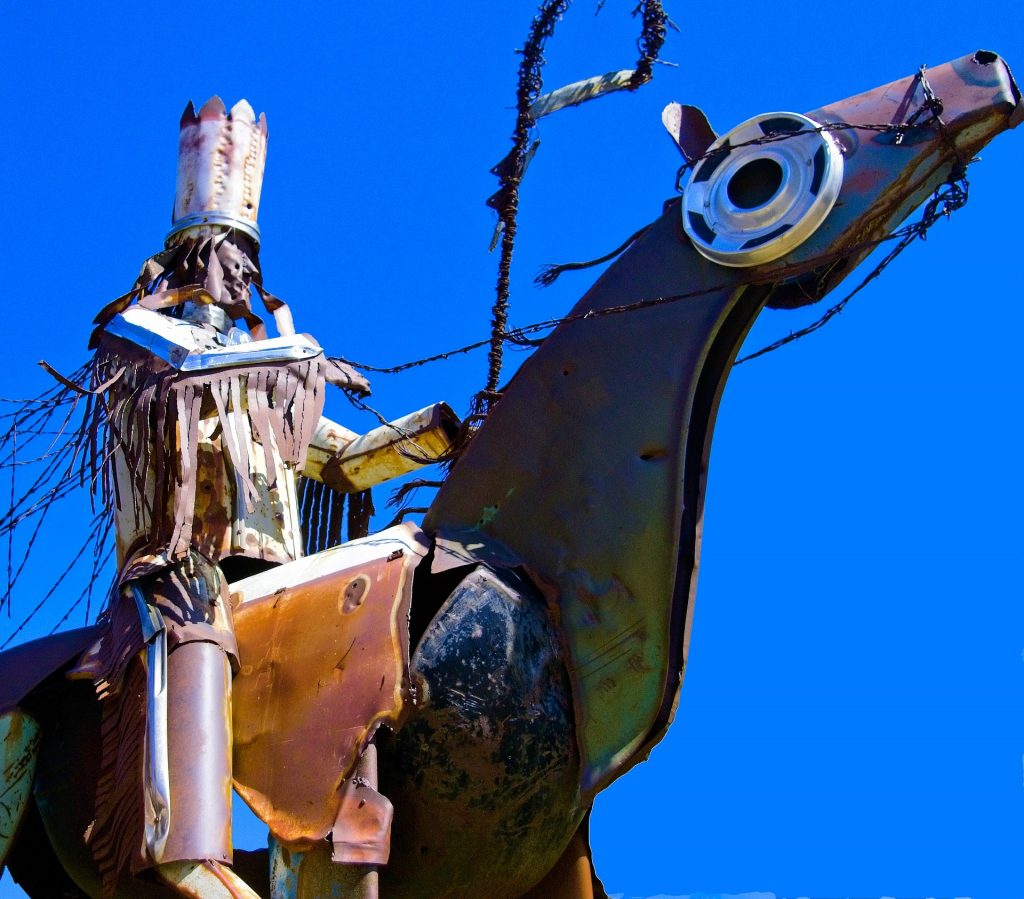
The importance of the Indigenous cultures in Montana
The importance of Indigenous culture to the state and its travel industry cannot be understated. In fact, in 1972, the state rewrote its constitution to state clearly that its government recognizes the American Indian culture and its greater impact. Montana has one of the largest Indigenous populations in the United States. There are over 66,000 people of Indigenous heritage living as members of Montana’s Tribal Nations. Each of the tribes has its own language, history, and traditions, which have culminated in the state’s rich cultural diversity.
The Indigenous cultures are so important that the Montana state government published “Essential Readings Regarding Montana Indians” as free and accessible learning for residents and visitors alike. This literature, which was developed collectively by American Indian educators from throughout Montana to help bring awareness to important Tribal issues, is a great read for tourists who want to educate themselves on local topics of conversation before they visit.
Outdoor adventure awaits
Exciting adventures await in Montana’s ethereal outdoor spaces. First, however, responsible visitors need to acknowledge that the incredible landscapes are sacred to the state’s twelve Indigenous communities. The land is recognized as the spiritual homelands to many Tribal Nations. Because of this, there must be an extra emphasis against littering, carving into stone formations, and taking “souvenirs” from hiking trails.
Glacier National Park boasts some of the most dramatic views and the best hiking in the state. If you are looking for a hiking guide to lead your time in Glacier, ask if there is a knowledgeable Indigenous guide on staff. Even if there is not, showing this as a point of interest to tourists can help recreation companies understand that tourists want to support Indigenous communities and, more importantly, value their knowledge of the land.
Flathead Lake is another Montana treasure not to be missed. Paddleboarding, fishing, and kayaking are favorite local pastimes on the lake. Check to see if there are Indigenous vendors renting boards and paddles. Choose these suppliers whenever possible.
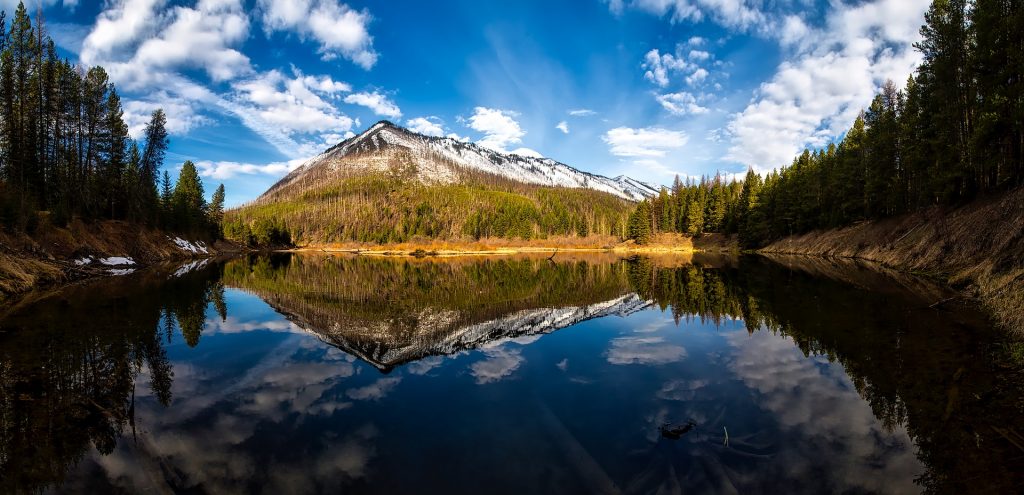
Exciting opportunities to learn
There are a number of fantastic learning opportunities while you are vacationing in Montana, depending on where you find yourself. In Browning, you’ll find the Museum of the Plains Indian. Here, visitors have the opportunity to learn about tribes’ traditional dress, ceremonies, and artwork. Great Falls in central Montana has the Lewis and Clark Interpretive Center, which showcases the tools, traditional dress, and homes of various tribes across the Pacific Northwest region of the United States that the explorers reportedly encountered on their journey West.
Authentic Montana mementos
Had a great time in Missoula? Did you enjoy Glacier National Park? Great. Now it’s time to ensure your money gets back into the pockets of the Indigenous communities in the area by picking up some fantastic, authentically Native-made souvenirs. It is illegal for anyone to sell art and crafts as “Native-made” if they are not made by an enrolled member of a Tribe, per the Federal Indian Arts and Craft Act of 1990. Thanks to this piece of legislation, you’ll be able to check whether or not you are supporting Indigenous craftsmanship. This also helps alleviate cultural appropriation, as anything that looks “tribal” that isn’t marked “Native-made” you can flag in your mind as a copy or a fake.
As the people of our world are working towards a better future, it is important now more than ever for travelers to diversify their travel experiences, to ask the hard questions, and to invest in elevating Indigenous communities in the travel industry.
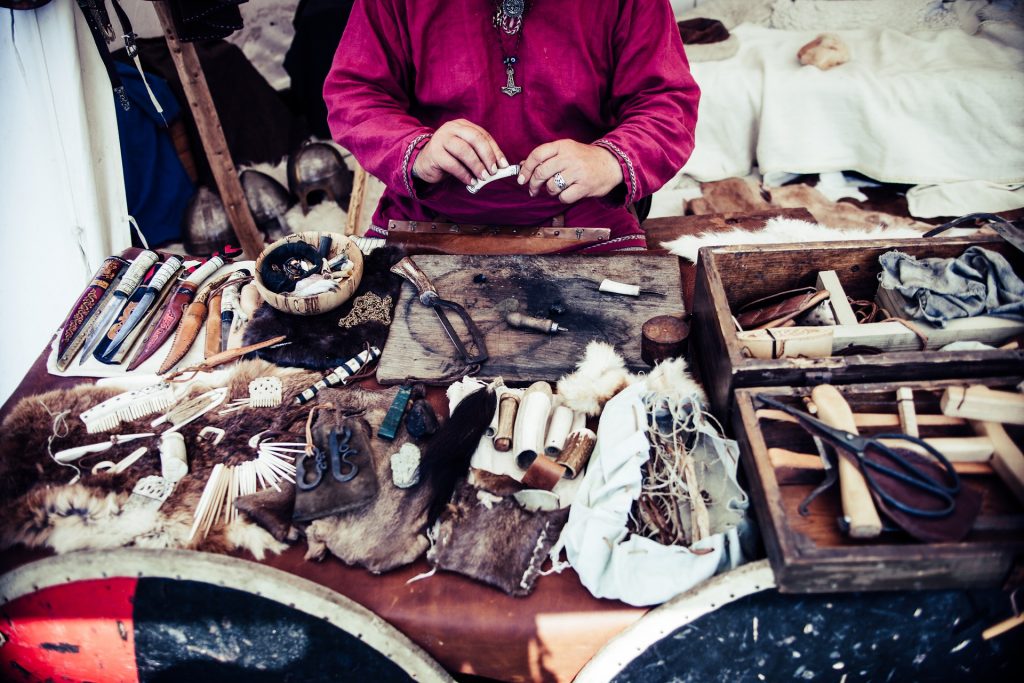
Book Your Stay in Montana
Search, compare and book hotels & rentals at the best prices that are sourced from a variety of platforms including Booking.com, Hotels.com, Expedia, Vrbo and more. You can move the map to search for accommodations in other areas and also use the filter to find restaurants, purchase tickets for tours and attractions and locate interesting points of interest!

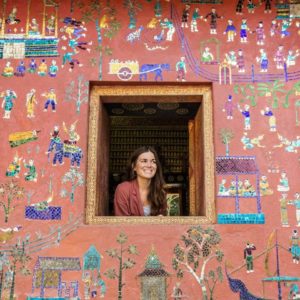
Tara Tadlock is a travel writer + blogger documenting her slow, adventure travels across 42 countries (and counting) on SillyLittleKiwi.com. Growing up in a military family, she’s always lived life with a boarding pass in one hand and a camera in the other. Tara loves finding the best coffee and vegetarian food anywhere she goes, learning about culture and customs straight from locals, and cuddling any dog within reach.